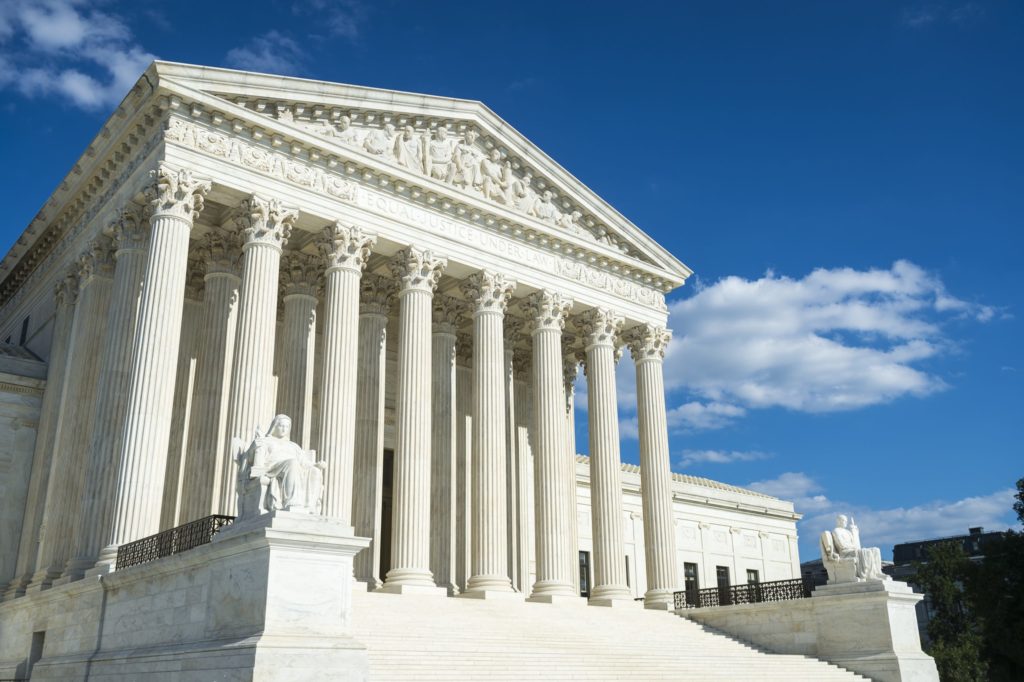Hoeven’s flood bill derailed in U.S. House
In what turned out to be very good news for taxpayers, the environment and anyone concerned about risk mitigation, the speeding legislative train that was Sen. John Hoeven’s S. 2039 was derailed in the U.S. House yesterday.
The bill, which would lift a restriction of the federal Stafford Act to allow permanent levees to be constructed on North Dakota properties that had already been bought out by the federal government because they were too flood-prone, failed in a suspension vote. Bills placed on the House’s suspension calendar, which is meant to be reserved for non-controversial measures, require a two-thirds majority to pass. S. 2039 failed to get even a simple majority, falling by a tally of 126 ayes and 254 nays.
We at the R Street Institute already laid out some of our objections to the bill in our statement here. In a nutshell, this bill would have set a dangerous precedent that, one expects, could easily be repeated for all of the 37,000 federal deed-restricted open space properties.
The measure would have affected North Dakota communities that voluntarily accepted funds from the Federal Emergency Management Agency’s Hazard Mitigation Grant Program to buy out and relocate structures in severe repetitive loss flood zones. While the Stafford Act requires that lands bought under the program must be set aside as open spaces, under the bill, the communities could use state or local money to build permanent levees on such properties.
This amounts to transforming what was meant to be a risk-reduction program into a risk-creation program, and they would be risks that are borne by U.S. taxpayers. Even though the communities would be flagrantly violating the terms under which they accepted the mitigation grants, they wouldn’t be required to pay the money back. That means millions of federal dollars would have been spent for no improvement. Moreover, while it is state funds that would be used to build the levees, one can bet that the Army Corps of Engineers would be called on to regularly inspect and repair them, all on the federal taxpayers’ dime.
Finally, it can’t be emphasized enough: These are properties that were bought out because they are simply too prone to flood. Constructing permanent levees would enable new development downstream. Since virtually all levees eventually fail — and since the mostly positive flood insurance reform bill signed earlier this month by President Barack Obama failed to require properties that sit behind levees to purchase flood insurance — this would create another potentially huge source of risk.
As we in the SmarterSafer coalition — a group that includes R Street, as well as a wide variety of taxpayer, environmental and insurance industry groups — put it in a letter to members of the House:
FEMA’s HMGP buyouts occur most often in deep floodplains, right next to the rivers because these areas receive the heaviest damage to structures. These portions of the floodplains are incredibly valuable for the multiple environmental benefits in addition to their ability to convey and store floodwaters naturally. They also help to clean water and provide areas for recreation, fishing, hunting, and wildlife habitat. In addition, communities that allow room for rivers and protect their floodplains are more resilient to the next flood and often recover more quickly from a flood event.
It’s impossible to say whether the failure to pass this bill on suspension means the end of the issue. It did previously pass the Senate in January by unanimous consent, despite not a single hearing devoted to the topic or any real discussion or debate on the floor (just one example of lawmakers frequently having no idea what they’re voting for.) But the fact that it failed so spectacularly, and that parties from all over the political spectrum could come together to halt this locomotive in its tracks, has to be considered a big win.







